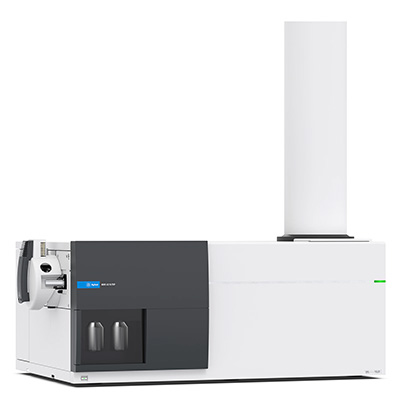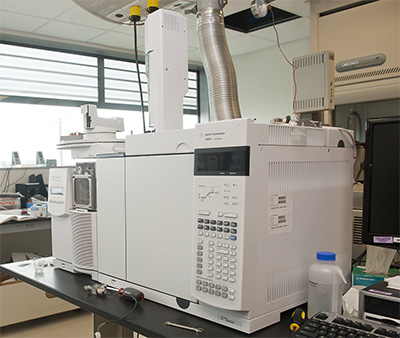New NSF Grant Supports Toxics Research
An NSF Major Research Instrumentation grant will help the Center for Urban Waters expand its ability to detect contaminants of emerging concern.

Scientists at the UW Tacoma Center for Urban Waters have received a $797,107 National Science Foundation grant for the purchase of new equipment to identify toxic contaminants in Puget Sound. Ed Kolodziej is the project’s principal investigator. Co-principal investigators include David Beck, Allison Gardell, Jessica Ray, and Andy James, all of whom are with the University of Washington.
The funds were awarded on July 8th and will cover the cost of a new Liquid Chromatograph-High Resolution Mass Spectrometer, an ultra-sensitive device that identifies molecules by their atomic weight. The spectrometer can measure the presence of chemical compounds at amounts in the parts per trillion and is a critical tool for finding what scientists refer to as contaminants of emerging concern. Those contaminants include compounds such as pharmaceuticals or industrial byproducts that enter Puget Sound through wastewater or stormwater. Some may occur in only trace amounts but have potentially significant effects on wildlife and humans.
The new spectrometer will replace an older model of the instrument that has been in use at the lab for the past seven years. That model contributed to several high-profile discoveries at the Center, including last year’s identification, led by Kolodziej, of a previously unknown chemical from tire wear particles called 6-PPD-quinone. That compound has now been implicated in the deaths of large numbers of spawning coho salmon in Puget Sound and was the subject of congressional hearings earlier this month in Washington, D.C.

The scientists anticipate that the new device will continue to support extensive collaborations with other groups working to unravel chemical mysteries in the region. Over the past several years, scientists at the lab have identified thousands of contaminants in Puget Sound waters ranging from opioids to birth control pills and flame retardants.
“This project will use advanced instrumentation to characterize contaminants in the environment and biological systems, enabling the design of appropriate mitigation strategies,” reads the grant’s project summary. The equipment will also “support undergraduate, graduate, and professional education and training in environmental and analytical chemistry, environmental engineering, environmental health, and data science.”
More details about the grant are available at the National Science Foundation website.
This story was originally published on the Puget Sound Institute Blog. Read it there.



